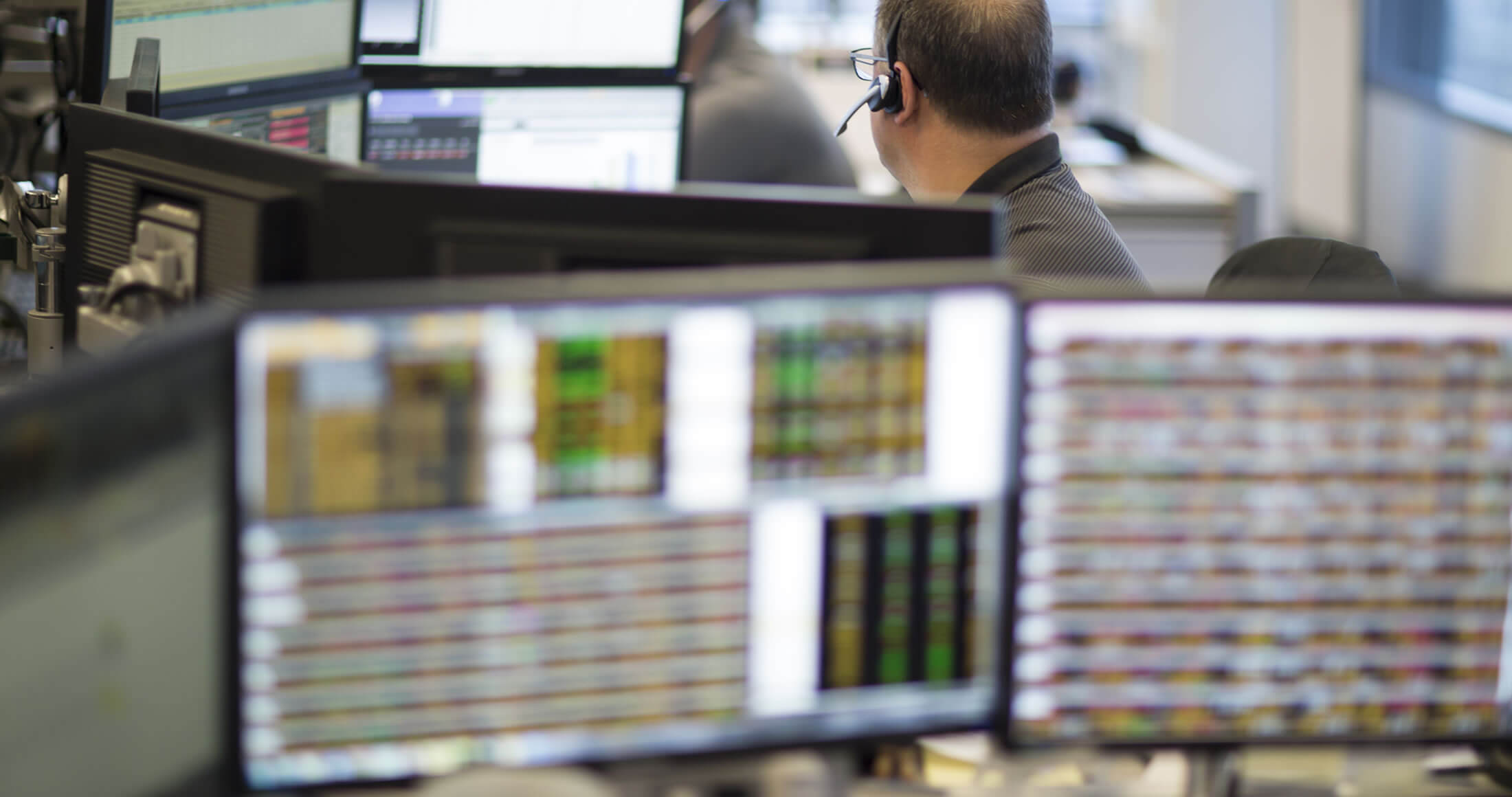
We once again find ourselves in an environment where just a handful of stocks are conveying a skewed view of the path for equities as a whole. In many ways, the performance of the S&P 500 has distorted the health of the overall stock market. Just 10 stocks in the index have contributed to approximately 80% of the gains this year. Without exposure to those names, one’s portfolio returns would look much different. To wit, the median return of all component stocks in the index is just 5% for the year with nearly 40% of those stocks showing negative returns. This is to say that the rally in the index has been fairly narrow and there is considerable concentration risk. Historically, some bull markets have been carried by 10% of stocks, or so, but this year that number is closer to 2%. While concentration risk is not unusual, concentration risk of this magnitude is. When experts or pundits say the market looks expensive, it depends on how they are defining “the market.” With the S&P 500 trading at around 20x next year’s earnings, then yes, that would be a reasonable statement as the price/earnings multiple is higher than its historic average. But when looking at all available publicly traded stocks, there are plenty of pockets of opportunity to invest in growing companies with strong fundamentals, many of which are trading at single digit multiples of earnings and just waiting to be recognized.
It is important to keep all of this in context. In the past 50 years, the market has halved three times, yet still has compounded at over 10% annually. A popular podcast recently asked retail investors if they would rather outperform during a bull market or bear. By a nearly two-to-one margin, participants said they would prefer to outperform in a bear market even though there is little ambiguity that bull markets increase equity values far more than bear markets diminish them. However, the result of the survey is not surprising. It is consistent with known studies that show a loss in one’s portfolio is twice as painful as a commensurate gain is pleasing. Humans are not especially well wired for investing. For example, a drop in one’s portfolio value triggers a part of the brain that thousands of years ago would alert a hunter that they are being threatened by a lion and should flee to save themselves. For an investor, this flight response may manifest itself in a way where they abandon their long-term investment strategy to avoid the discomfort of sitting through volatile markets. This is rarely of benefit to them.
At Harris Associates, we view our mandate as compounding our clients’ wealth over time as measured in years rather than weeks or months. Typically, we look to hold a stock for five to seven years. Our valuation and assessment as to the investment merits of a stock are based on what we think it will be worth in that time frame. One thing we can almost guarantee is that our timing on both the purchase and sale of a stock won’t be perfect. As Baron Rothschild is quoted as saying, “I never buy at the bottom and I always sell too soon.” We may buy a stock that has gotten beaten up in the market for what we deem to be short term or immaterial reasons. Therefore, we may believe the valuation to be attractive even if the negative market sentiment is still playing out. Similarly, we sell stocks when we can no longer justify the valuation. This may come in an environment where the stock has strong upward momentum, but is potentially trading more on sentiment than fundamentals. In our eyes, the danger with holding onto a stock whose valuation is stretched is that it doesn’t take much bad news to send the stock plummeting. We have had our share of mistakes over the years with names we thought looked inexpensive. Our goal, though, in buying stocks that we believe are trading well below their intrinsic value is that if we are wrong, hopefully on average, the downside is modest.
As for “alternate” asset classes, crypto currencies still largely remain an experiment. Bitcoin is the most well known, but it is joined by more than 22,000 others, if you can believe it. While their stated intent is to be a store of value and medium of exchange, to date at least, their primary uses are more as trading vehicles and a way to transact in nefarious activities. SEC Chair Gary Gensler said, “I’ve never seen so much just noncompliance and hype masquerading as reality as I’ve seen in this field.” Ironically, if crypto currencies were used for their stated purposes, interest would likely wane and values would presumably drop as speculative traders longing for volatility would find something else to suit their needs. We continue to be on the sidelines here as we have yet to arrive at a sound methodology in which to value this asset class.
The health of the U.S. economy continues to be in question. However, Federal Chairman Jerome Powell recently said that since the economy continues growing modestly and inflation keeps subsiding, the central bank is likely within a couple of rate hikes from reaching its peak interest rate, with many expecting rate cuts to begin sometime in 2024. Consumer confidence is high and jobs, for the most part, are still plentiful. Encouragingly, unemployment among black workers is at its lowest ever, accompanied by higher paying jobs. In addition, the housing market is showing signs of stabilizing, prices of used cars are declining as is the price of gasoline, which in the U.S. is now slightly more than $3.50 a gallon on average compared to $5 per gallon a year ago. In short, the recession that many economists anticipated would have taken hold by now has yet to materialize, and the “soft landing” that we have all heard so much about and have been hoping for is still a possibility. Looking globally, over the past several decades the number of people rising to the middle class in developing countries such as India, Indonesia and Brazil has been increasing rapidly. In 1995, for example, 4% of Indonesians were considered middle class, compared to nearly ⅓ of that population today. As disheartening as much of the news cycle is, evidence shows that overall, people’s station in life continues to improve.
We are fortunately on the other side of the debt ceiling issue (until the next one at least). This has unfortunately become an increasingly politicized issue to try to get concessions out of the other party on unrelated matters in many instances. But since the end of World War II, the debt ceiling has been modified more than 100 times to avert any kind of default. However, this most recent episode got to the 11th hour before being resolved and had many asking themselves, “yes, but what if this time is different?” — those treacherous words. We were not dismissive of the potential dangers, but at the same time we can’t make investment policy out of chaos theory or outcomes that have no historical precedent. We maintained our focus on how our companies were performing and made adjustments to our models where warranted. Ultimately, the market showed little concern over this kerfuffle.
Compared to a year ago, the world seems to be in a better place. But there are always worries that could wreak havoc on the economy or capital markets. However, given the inability to forecast when those would happen or how severe they would be, we continue to focus on the fundamentals of the companies in which we are invested. Over time, sticking to a consistent investment approach has been a more productive strategy than making decisions based on perceived risks, of which there never seems to be a shortage.
As always, we thank you for entrusting us with your investment assets and your continued support. Lastly, the best compliment we can receive is a referral from a satisfied client. We appreciate your referrals and handle them with the utmost care.
Past performance is no guarantee of future results. Current performance may be lower or higher than the performance data quoted. The gross performance presented does not reflect the deduction of investment advisory fees. All returns reflect the reinvestment of dividends and capital gains and the deduction of transaction costs. The client’s return will be reduced by the advisory fees and other expenses it may incur in the management of its account. The advisory fee, compounded over a period of years, will have an adverse effect on the value of the client’s portfolio.
The S&P 500 Total Return Index is a float-adjusted, capitalization-weighted index of 500 U.S. large-capitalization stocks representing all major industries. It is a widely recognized index of broad, U.S. equity market performance. Returns reflect the reinvestment of dividends. This index is unmanaged and investors cannot invest directly in this index.
Certain comments herein are based on current expectations and are considered “forward-looking statements”. These forward looking statements reflect assumptions and analyses made by the portfolio managers and Harris Associates L.P. based on their experience and perception of historical trends, current conditions, expected future developments, and other factors they believe are relevant. Actual future results are subject to a number of investment and other risks and may prove to be different from expectations. Readers are cautioned not to place undue reliance on the forward-looking statements.
The information, data, analyses, and opinions presented herein (including current investment themes, the portfolio managers’ research and investment process, and portfolio characteristics) are for informational purposes only and represent the investments and views of the portfolio managers and Harris Associates L.P. as of the date written and are subject to change without notice. This content is not a recommendation of or an offer to buy or sell a security and is not warranted to be correct, complete or accurate.
Investing in value stocks presents the risk that value stocks may fall out of favor with investors and underperform growth stocks during given periods.






